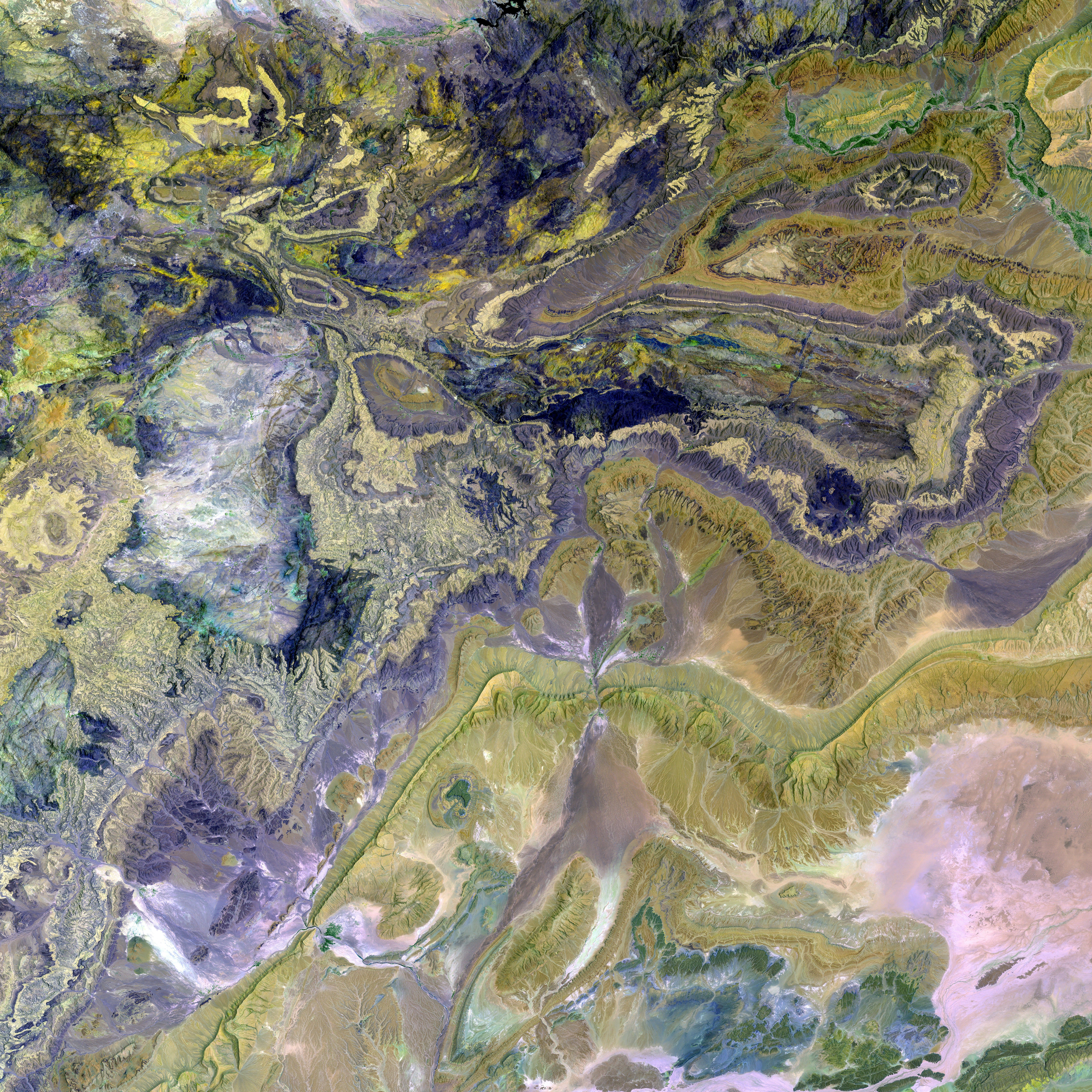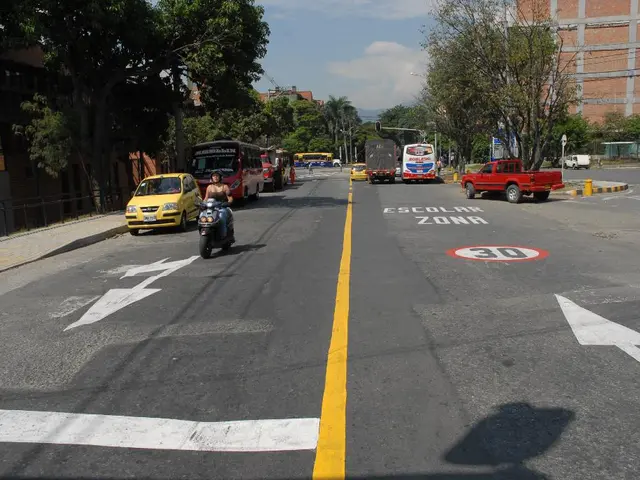A significant milk mishap unfolded on the A9 freeway in Bayreuth's district, resulting in over 10,000 liters spilled following a truck accident near Pegnitz. The truck, reportedly carrying 21,000 liters, experienced a setback, causing half its cargo to leak into the roadside ditch. The 51-year-old driver involved sustained moderate injuries. The incident prompted a partial closure of the northbound lane for restoration activities. Tragically, a subsequent accident involving a police vehicle exacerbated the traffic chaos in the area.
Environmental implications are alarming as milk seeping into the soil could contaminate groundwater, stimulating bacterial growth. Pollution of water bodies may impact aquatic life and water quality. Air quality might be compromised during the cleanup process if powerful machinery and chemicals are utilized.
Addressing such disasters necessitates prompt containment, removal, and disinfection measures. Containment is crucial to prevent further spread, which can be achieved using absorbent materials or booms. Skimmers or specialized absorbents can be employed to extract milk from surfaces. Disinfection may involve utilizing disinfectants or biocides to control bacterial growth.
Soil remediation might be necessary if the spill contaminates soil, which could involve excavation and soil replacement. Monitoring and reporting are vital to track the situation and ensure compliance with environmental regulations. Public health authorities ensure the spill poses no risk to human health, particularly if populated areas or drinking water sources are nearby.
Bayreuth district cleanup efforts must adhere to local and regional environmental regulations. Collaboration with local authorities, environmental agencies, and possibly the dairy industry is critical for effective cleanup and damage mitigation.
Local regulations may require specific protocols for agricultural products, necessitating collaboration. Emergency responders and specialized equipment are vital to address large-scale milk spills. Ensure adequate traffic management by diverting traffic, supplying information, and conducting crash investigations.
In the aftermath of milk spills, review cleanup procedures to improve future handling, ensuring public safety and minimal environmental impact. In Florida, for example, specialized tender trucks, skid-steer loaders, and dilution with water were utilized to address the spill. Absorbent materials were used for clean-up and water sources were protected to avoid pollution.








